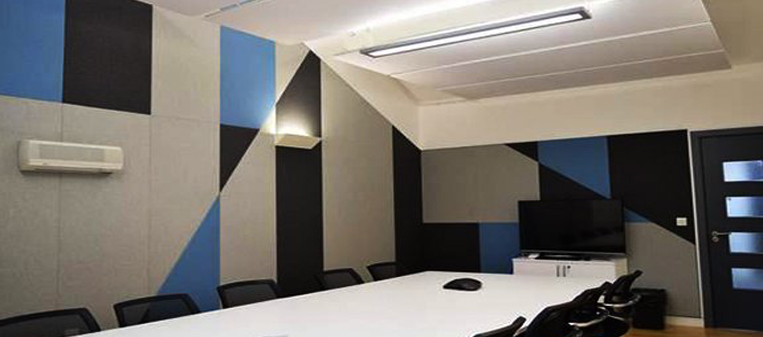When it comes to hosting successful conferences, one critical but often overlooked aspect is the acoustic design of the conference hall. Poor acoustics can significantly impact the overall experience, hindering communication, and reducing the effectiveness of presentations. To ensure your conference hall provides optimal sound quality and an immersive environment, follow these expert tips and strategies:
1. Assess the Existing Acoustics: Begin by evaluating the current acoustic conditions of the conference hall. Take note of any echo, reverberation, or unwanted noise that may interfere with clear communication.
2. Optimize Room Layout: The room’s layout can greatly influence sound distribution. Consider arranging seating in a way that minimizes sound reflections and ensures every attendee can hear the speaker clearly.
3. Choose Appropriate Materials: Select acoustic materials specifically designed for conference hall settings. Acoustic panels, diffusers, and sound-absorbing materials strategically placed on walls and ceilings can help control sound reflections and improve speech intelligibility.
4. Address HVAC Noise: Heating, ventilation, and air conditioning (HVAC) systems can be a major source of noise. opt for quieter HVAC units or integrate noise-reducing features to ensure a comfortable and distraction-free environment.
5. Invest in Quality Sound Systems: High-quality audio equipment, including microphones, speakers, and amplifiers, is essential for delivering clear and consistent sound throughout the conference hall.
6. Consider Portable Acoustic Solutions: If your conference hall is a multi-purpose space, invest in portable acoustic solutions like sound barriers and movable partitions to tailor the acoustics for different event types.
7. Employ Digital Signal Processing (DSP): DSP technology can be used to fine-tune the audio system and adapt it to the specific acoustic characteristics of the conference hall.
8. Seek Professional Acoustic Consultation: If you’re unsure about the best acoustic design for your conference hall, consider consulting with acoustic experts. They can analyze your space, identify potential issues, and recommend tailored solutions.
9. Conduct Sound Tests: Regularly conduct sound tests and simulations to ensure the acoustic design remains optimal for different event setups.
10. Educate Staff and Attendees: Educate conference staff and attendees about the importance of maintaining good acoustic conditions, such as reducing unnecessary noise and speaking clearly during presentations.
By following these expert tips and implementing appropriate acoustic strategies, you can create a conference hall that enhances communication, elevates the overall experience, and leaves a lasting positive impression on your event attendees. Remember, a well-designed acoustic environment not only fosters better engagement but also reflects the professionalism and attention to detail that sets your conference apart from the rest.

